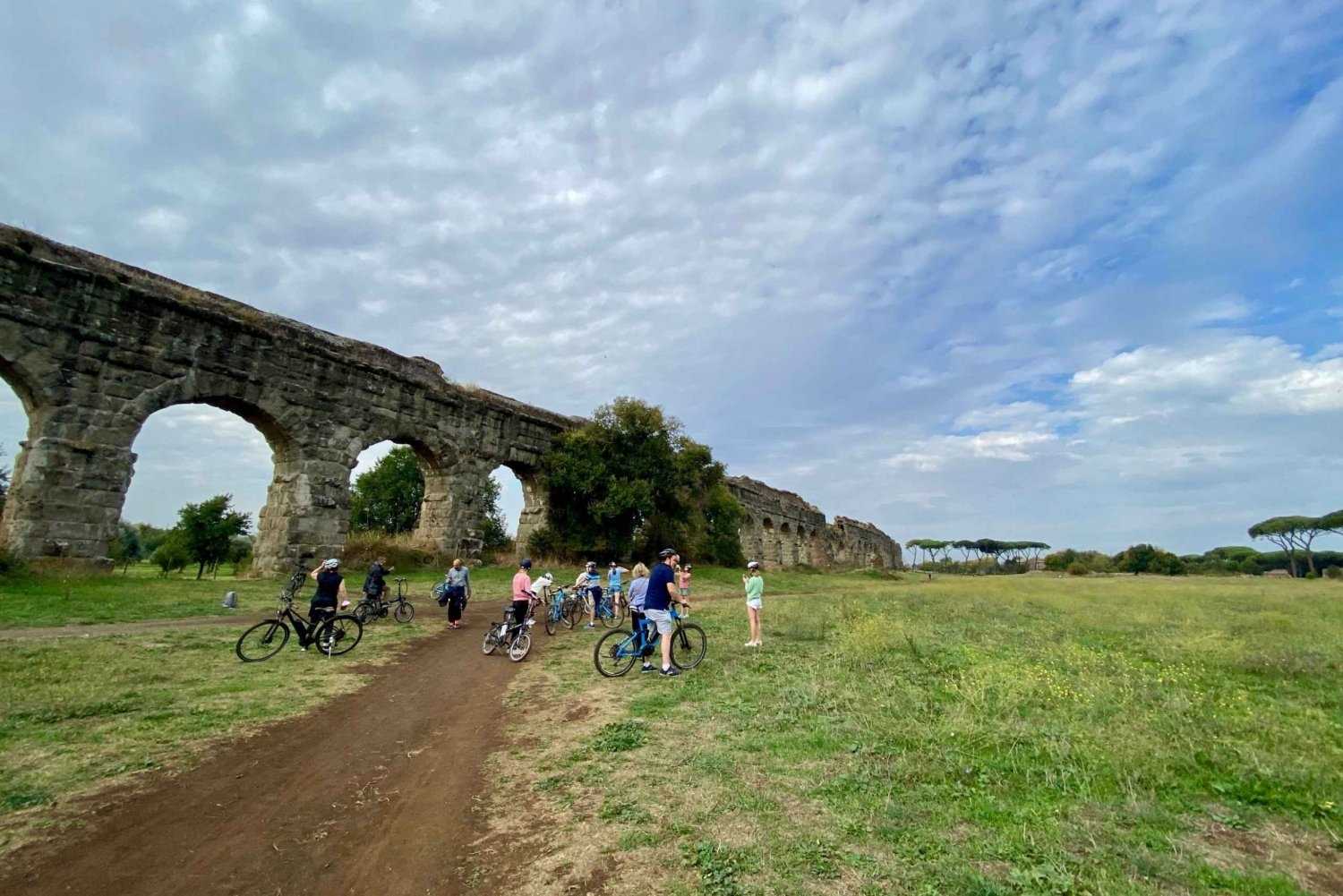Exploring Rome’s Underground Aqueducts at Parco degli Acquedotti
Rome, a city renowned for its ancient history and architectural marvels, offers a unique glimpse into its past through the underground aqueducts at Parco degli Acquedotti. This park, located on the outskirts of the city, is a hidden gem that showcases the ingenuity of Roman engineering. For those interested in history, architecture, or simply a unique outdoor experience, exploring these aqueducts provides a fascinating journey into the past.
Discovering Parco degli Acquedotti
Parco degli Acquedotti is part of the larger Appian Way Regional Park, situated about 8 kilometers southeast of Rome’s city center. The park is easily accessible by public transport, making it a convenient destination for both locals and tourists. Once you arrive, you’ll find a sprawling green space dotted with the remains of ancient aqueducts, some of which date back to the 4th century BC. The park is open to the public and free to enter, offering a peaceful retreat from the bustling city.
The aqueducts at Parco degli Acquedotti are a testament to the advanced engineering skills of the Romans. These structures were designed to transport water from distant sources into the city, ensuring a steady supply for public baths, fountains, and private households. Walking through the park, you’ll encounter several aqueducts, including the Aqua Claudia and the Aqua Anio Novus, which are among the best-preserved examples of Roman aqueducts.
What to See and Do
While the aqueducts are the main attraction, Parco degli Acquedotti offers plenty of other activities for visitors. The park’s expansive fields and pathways are perfect for walking, jogging, or cycling. Bring a picnic and enjoy a meal surrounded by history, or simply relax and take in the stunning views of the aqueducts against the backdrop of the Roman countryside.
For those interested in photography, the park provides numerous opportunities to capture the beauty of these ancient structures. The best time to visit is during the early morning or late afternoon when the light is soft and the park is less crowded. If you’re lucky, you might even catch a glimpse of local wildlife, such as birds and small mammals, that inhabit the area.
Guided tours are available for those who want a deeper understanding of the history and significance of the aqueducts. These tours often include insights into the construction techniques used by the Romans and the role the aqueducts played in the development of the city. Whether you choose to explore on your own or with a guide, you’re sure to leave with a greater appreciation for Roman engineering.
Tips for Visiting
When planning your visit to Parco degli Acquedotti, there are a few practical tips to keep in mind. First, wear comfortable shoes, as you’ll be doing a fair amount of walking. The park’s terrain is mostly flat, but some areas can be uneven, so sturdy footwear is recommended. Also, consider bringing a hat and sunscreen, especially during the summer months, as there is limited shade in the park.
Public restrooms are available near the park’s entrance, but facilities are limited, so plan accordingly. It’s a good idea to bring water and snacks, as there are no cafes or restaurants within the park itself. However, there are several dining options in the nearby neighborhoods if you prefer to eat before or after your visit.
Finally, respect the historical significance of the site by not climbing on the aqueducts or disturbing the surrounding environment. Parco degli Acquedotti is a protected area, and preserving its integrity ensures that future generations can enjoy its beauty and history.
